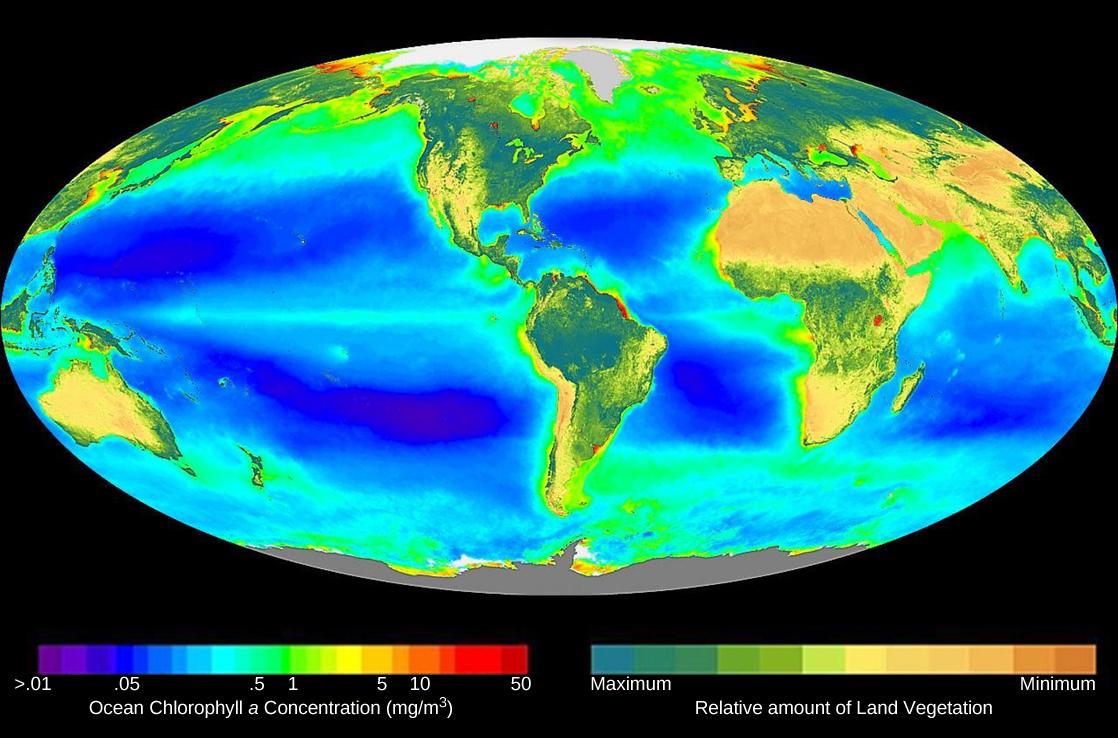Introduction
Chapter Outline
All biological processes require energy. To get this energy, many organisms access stored energy by eating, or by ingesting other organisms. But where does the stored energy in food originate? Almost all of this stored energy can be traced back to photosynthesis.
Photosynthetic organisms are the basis for almost all of the food webs on the planet. For example, the Indian River Lagoon, a 156-mile mixture of fresh and salt water along the eastern coast of Florida, depends on its sea grass for the survival of its marine life. Unfortunately, when certain algal phytoplankton species grow in overabundance, it destroys the sea grass. Scientists conducted a 16-year study of algal blooms and found that extreme climate conditions, such as cold weather and low rainfall, change which particular species of phytoplankton is more likely to bloom, resulting in a die-off of sea grass, decrease in other marine life, and changes in salinity. The research study can be found here.
Disclaimer
This section may include links to websites that contain links to articles on unrelated topics. See the preface for more information.

